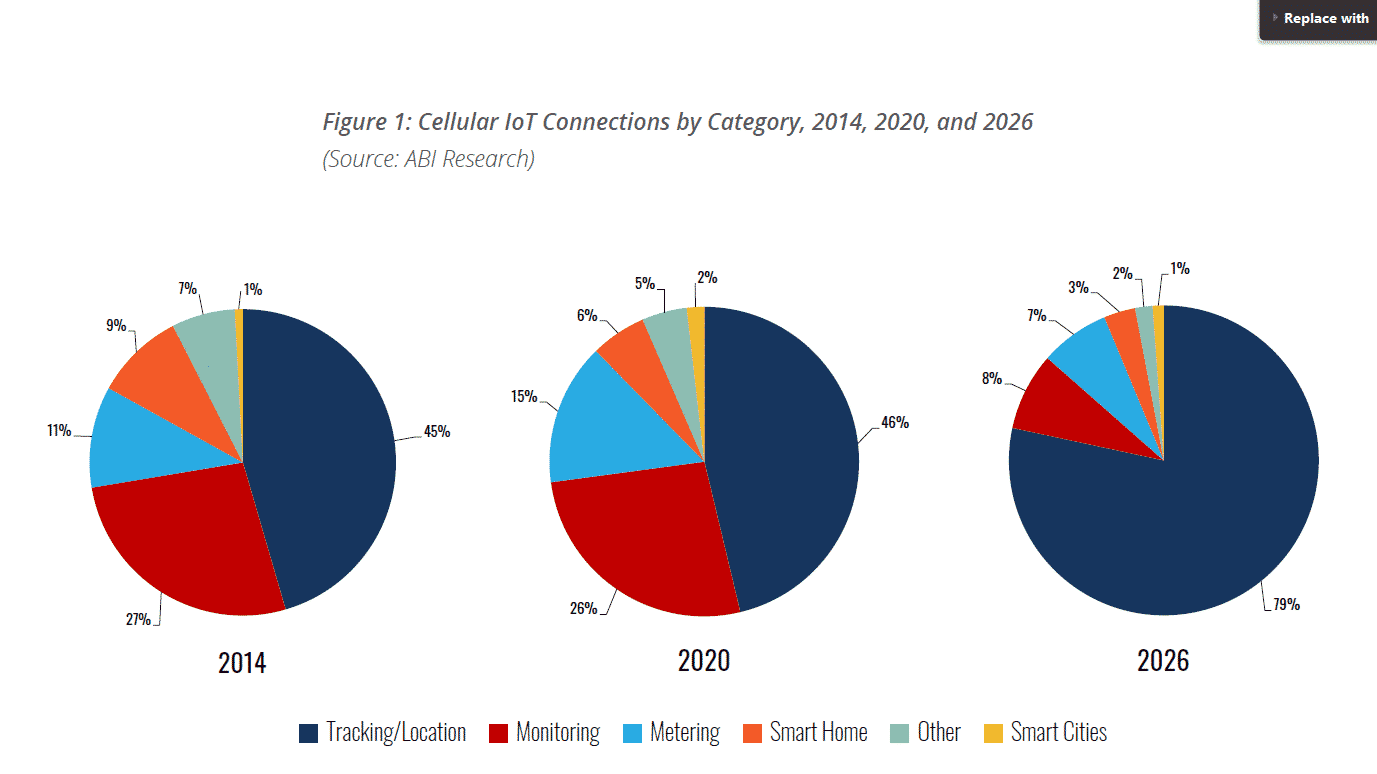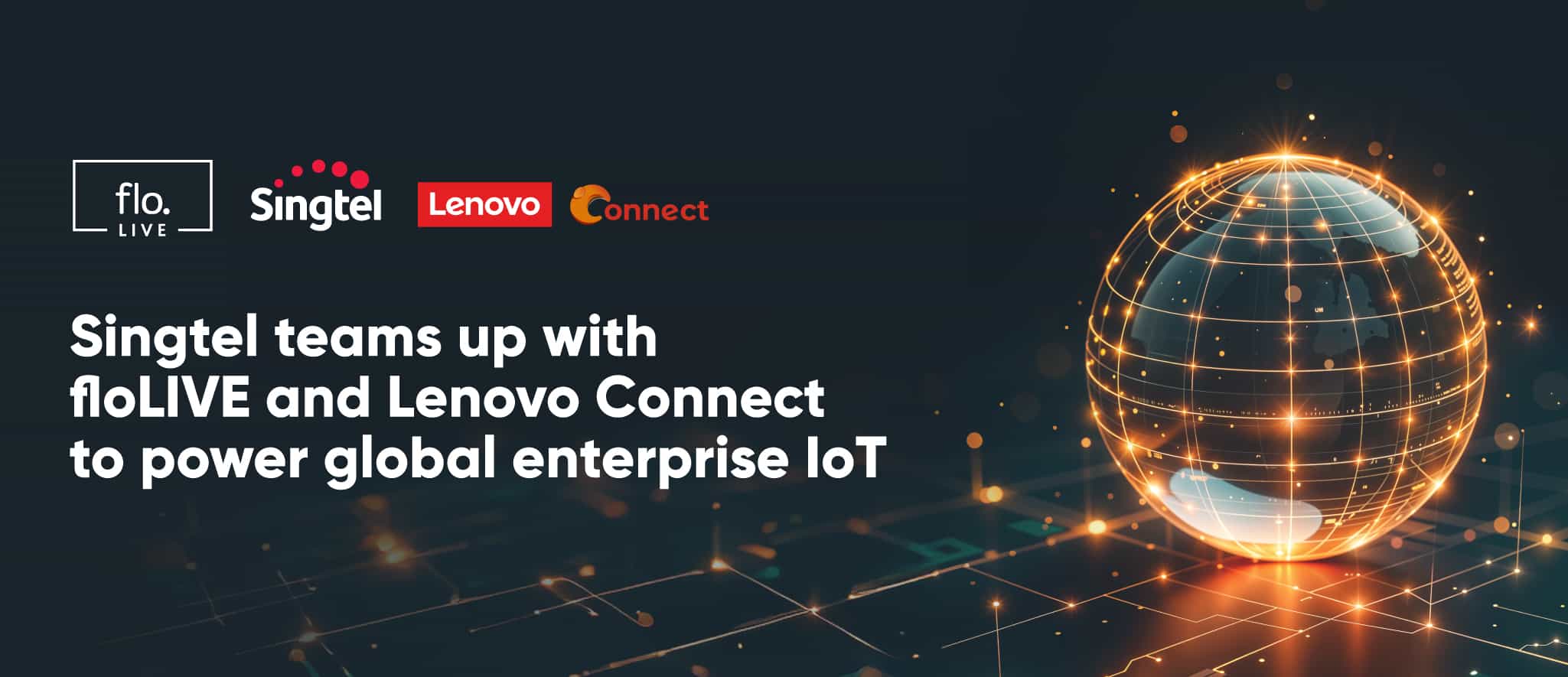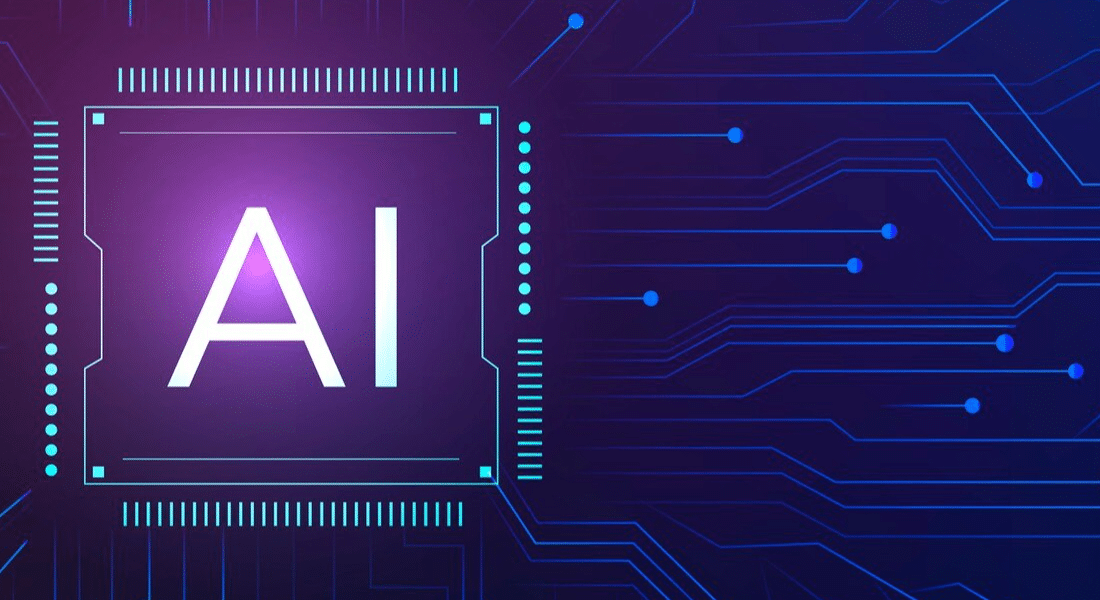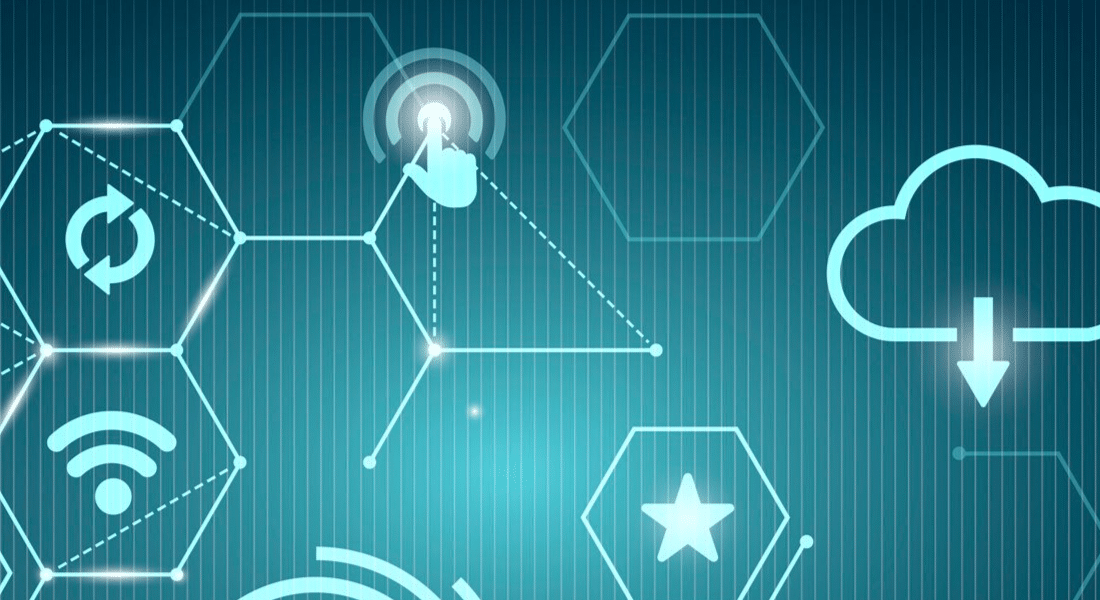Page Contents
ABI Research: The Simplicity of Next gen Connectivity Management Platforms

Page Contents
When it comes to IoT connectivity management platforms (CMPs) have a lot on their plate.
In ABI Research’s latest white paper, Tomorrow’s Smart Connected Products Require Smarter Connectivity Today, the research company addresses the extreme growth in the number of IoT devices, as well as the necessity of connecting diverse IoT devices, globally and at scale. Check out the full white paper here, or read on for our highlights.
The Growth in Disparate Use Cases for IoT
As new use cases for IoT connectivity come into fruition, the scales are shifting. For example, traditionally, monitoring has covered up to a quarter of IoT device use cases. This is made up of examples such as OEM manufacturers monitoring elements of connected vehicles and fleet management. Now though, studies show that by 2026, monitoring will make up less than 10% of IoT use cases overall. In contrast, tracking and location services are seeing the highest growth.

This shift has many reasons behind it. This is anything from consumer markets that enable the shared service economy, to post-COVID realities. Now, businesses need to diversify their supply chains and gain remote visibility and control over how their assets are performing.
For mobile operators, IoT service providers, and by association, the enterprises that benefit from IoT – traditional connectivity management solutions are experiencing a disconnect with the new IoT reality of global connectivity.
Why Don’t Traditional CMPs Meet the Challenge?
One of the main issues with traditional CMPs, is that they are unable to monetize connectivity.
“Charging a set fee per device per month takes away a portion of the revenue carriers earn from each IoT connection. That fee can be between 10% and 20% of a carrier’s connectivity revenue. This makes traditional CMPs a loss leader, not directly monetizable, not enabling carriers to charge any more for connectivity, and only allowing them to serve IoT connections and win enterprise contracts.”
In addition, enterprise customers may have thousands or even hundreds of thousands of devices. These offer low ARPU, and are low in data consumption, unlike traditional devices such as mobile phones for example.
Traditional CMPs rely on roaming agreements with carriers overseas. This takes away the control over quality of service, performance, and availability. It also leaves IoT deployments with potential gaps or disruptions for their own end-users. When CMPs rely on relationships with multiple carriers, all of whom only have infrastructure and core network functionality in their own footprint, the management and control gets complicated fast. After all, a carrier will hardly jump at the chance to help with extending coverage on behalf of another.
On top of this, (as if this wasn’t enough) the single core network that all carriers have is also used for additional connectivity use cases. One example is mobile broadband for their existing subscribers. This service can’t risk being negatively impacted by the unknown benefits of future-focused IoT, as it makes up so much of a carrier’s existing revenue.
Now For Something Completely Different
Next gen CMPs will approach the issue in a completely new way, looking for a smart way to monetize IoT, with the diverse and global nature of the industry in mind from day one. According to ABI Research, to do this, they will first need a global network of packet gateways. This will be powered by a library of carrier partners that can be leveraged by anyone in the world, picking up the slack when faced with gaps or issues of availability. This means that IoT deployments will always be benefiting from local connectivity, solving issues of performance, roaming, latency, and cost.
On top of this, to manage the complexities of diverse IoT, next gen CMPs will also work with a dedicated IoT core. The core will allow them to separate the routing of IoT data from mobile data for example, or even various different IoT traffic, according to what it requires. This also handles the issues of privacy and compliance, as data never leaves the home country.
The icing on the cake? To monetize the whole process, a smart, modern BSS with elements like multi-hierarchy billing should be a modular component of the whole CMP.
When done right, next gen CMPs will have a wide array of potential users. For enterprises, this technology will support modular connectivity for existing IoT services, a single way to access multiple carrier networks, and a smart back-up IoT solution for best-in-class redundancy, among other use cases. For carriers, they will be able to better serve domestic customers, extend their network exponentially, and expand into the international market. They can even adopt innovative business models such as leasing mobile network capacity to IoT service providers. These CMPs will also find new and emerging customers such as IoT MVNOs, who require an MVNE to help them hit the ground running.
Making it Easy
We feel the following quote from ABI sums it up the best. “Enterprises want a one-stop-shop, more so now than ever.” Ease of use, simplicity of operations, and a single vendor relationship – these are items on every organizational agenda, from the mobile network operators and IoT service providers themselves, to the enterprises who cut out the middle man.
Organizations need expertise, as they might well not understand the true potential of IoT for their business. They need technology that ‘just works’, allowing them to focus on core value. On top of that, they need international connectivity that allows them to truly monetize their IoT offerings, with one clear cost in the form of OPEX that doesn’t punish them for their own success.
Here at floLIVE, we were delighted to be highlighted as an example of an innovative connectivity solutions provider that checks all of these boxes. Read our article about the differences between today’s connectivity management platforms. We make it simple for iot network operators to address their customer needs, and build on traditional CMP solutions to handle both the business challenges of IoT, and the technical ones.
Want to see a live demo of our CMP? Click here

Join Our Newsletter
Get the latest tips and insights in our monthly newsletter.









